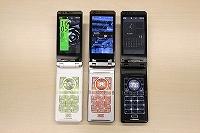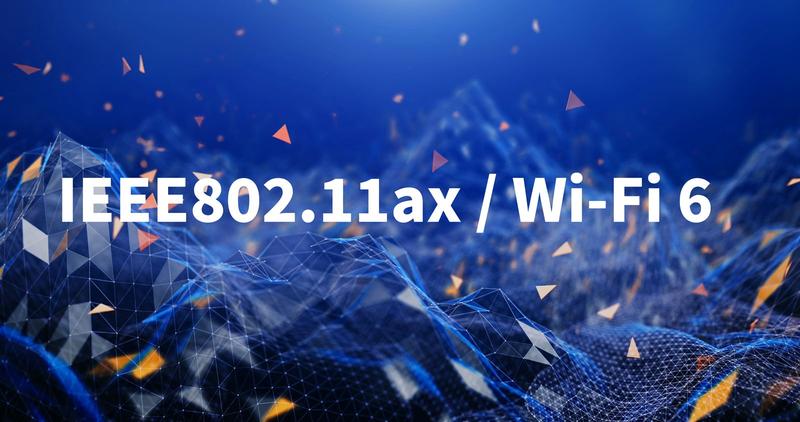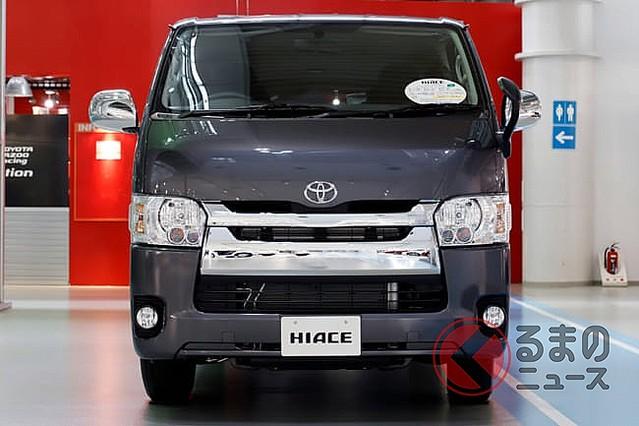"N-02B" developer interview
The camera function of the mobile phone has entered a competition for the number of pixels, but the file size increases I'm also curious about the response. I want to use the camera more lightly, I want to keep the photos more beautiful - the "N-02B", which has a startup time of about 0.8 seconds and a shooting interval of about 1.5 seconds, focuses on such needs. Moreover, since it supports Wi-Fi and FOMA high speed with a maximum upload speed of 5.7 Mbps, it speeds up not only the shooting function but also the communication speed.
This time, focusing on how the shooting speed was improved, Mr. Katsuhito Igarashi, Chief of Product Planning Department, NEC Mobile Terminal Division, Mr. Kazuhiro Arimitsu, Product Planning Manager of NEC Mobile Terminal Division, We interviewed Mr. Satoshi Hosokawa, Chief of Mobile Terminal Development Headquarters, and Mr. Satoshi Kato, Technical Manager of Mobile Terminal Platform Development Headquarters.
■Development concept and product features
--Please tell us about the product features and development concept.
| Katsuto Igarashi |
――I feel that the body color is quite challenging.
Mr. Igarashi The basic design concept is expressed in the word "TECHNO CRAZE". The N-02B is a high-performance terminal unique to the PRIME series, so the design also reflects that image and expresses the excitement of using high-performance and new functions.
The main color is LASER WHITE, with white and green for a sporty image, and CYBER BLACK is an image of advanced technology that cuts through the darkness. FLASH SILVER is a combination of metal color and orange, expressing new high functionality and high performance. The trend colors for this winter are green and orange, so I took that into consideration and came up with this design.
-If you look closely, you can see a honeycomb-like pattern on the surface of the panel.
Mr. Igarashi: The texture is based on the image of a honeycomb. Honeycombs appear in cameras, science, and soccer goals, so I used them to express a sense of innovation and sportiness.
■ "Quick Shot" with fast startup and shooting
―― You said that you were particular about the quick shot function in the camera function.
Mr. Hosokawa In developing this quick shot, the first issue was the adoption of a 12.2 megapixel sensor. When the number of pixels increases from 8 mega to 12 mega, it takes time to save. Since simply increasing the number of pixels would lead to user dissatisfaction, development started with the idea of reducing this in some way.

--How exactly did you achieve this?
Mr. Hosokawa The work required to take a picture is to take a picture, create data, apply it to the image processing pipeline, save the data, and return to the shooting standby state. increase. We started considering how to reduce this.
The first thing we did was to sort out all the processes, shorten the parts that could be reduced to 1/1000th of a second, omit the parts that could be omitted, and speed up each process as much as possible. However, it still took about 4 seconds at this stage. It was not a level that you could use very quickly.
Therefore, as the next ingenuity, we changed the work order. Since the processing of the shooting itself is in the beginning, we make it so that the next photo can be taken immediately after that is completed, and the rest of the work is done in the back process. As a result, the processing of the shooting itself will be able to fit in 1.5 seconds, so you can start shooting the next one.
However, if you shoot continuously, there will be a situation where post-shooting processing is always running in parallel. Therefore, we thoroughly tuned the software so that it would not overload the hardware or slow down the processing.
| Satoshi Hosokawa |
| Mr. Satoshi Kato |
――Another feature around the camera is the "zoom that supports super-resolution technology." .
Mr. Kato There has long been an opinion that "zooming (with a mobile phone camera) looks dirty". Certainly, there are models with optical zoom from time to time, but size and cost are big issues. Considering the balance between design and cost, it is difficult to install, so we use super-resolution technology as one solution. I think it's a good balance between size and image quality.
-How effective is it actually?
Mr. Kato You can clearly see the difference when you print a photo taken with the conventional machine and a photo taken with the N-02B on A4. Despite being magnified, the outlines of buildings, window frames, and letters on signboards are captured sharply. With conventional digital zoom, these areas would be blurred, but by using super-resolution technology, you can zoom in without losing the sense of resolution.
--If it's something processed by software, is it possible to make old photos look beautiful?
Mr. Kato Unfortunately, at the moment such processing is not possible. If the processing speed can be increased in the future, I think it will be possible to apply it to photos taken with other terminals.
――Super-resolution processing changes depending on the picture taken Is it?
Mr. Kato Currently, we are working with certain parameters. The processing itself is quite similar to edge enhancement, but rather than simply enhancing edges, processing is performed so as not to increase noise based on the results of image analysis.
--Is there a subject for which super-resolution zoom is effective?
Mr. Kato Yes. Overall, it gives a clear feeling, but it may be the most obvious in scenes with vertical or horizontal lines, signs, or places with letters and lots of edges. Also, I think that you can fully understand the effect even in natural scenery, such as fine leaves or objects with various fine details.
――I heard that “PictMagic” is also evolving.
Mr. Kato "PictMagic" is our company's original image processing engine that automatically corrects the image quality of the photographed photos to the image quality that humans find preferable. In fact, it has been installed since the N901iC model, which was a long time ago, and is now available on all our models. Instead of unconditionally emphasizing edges or increasing saturation, the histogram of the input image is analyzed and corrected only when it is desirable to correct color reproducibility.
For example, if a person's face is detected, it will focus on the skin color, and as a result of the analysis, if the color is out of alignment, it will be corrected. At this time, only the skin color is corrected so as not to affect the entire image. Similarly, we put special emphasis on the greenery of trees and the blue sky, so that even within the same photo, we can make optimal corrections for each of them. In addition to these skin tone corrections, greens, and sky blues corrections, we also do general contrast, sharpness, white balance, and more. In the case of night scenes, conventionally, the brightness of the whole image is increased suddenly, so the image tends to be a little whitish. , it is possible to make corrections that make the picture tighter.
In addition, the automatic scene detection function for shooting scenes has been enhanced this time, and in addition to the existing scenes, food, sunsets, cherry blossoms, autumn leaves, snow, etc. have been added, and the judgment results are displayed as icons on the screen. .
| Kazuhiro Arimitsu |
--I have the impression that the hinge part has changed quite a bit. Do you have any big plans?
Mr. Arimitsu: We introduced a two-axis hinge for the first time with the N905i, but when you open it, the hinge part pops out on the side of the key surface, and when you look at it from the side when it is fully open, it looks like a design. I felt that the impression was not good. I had a lot of discussions with the designer, but I wanted to make it look like an arc line when opened and viewed from the side. , adopts a hinge that is one step closer to the arc line. This line is currently evolving, so you may see the evolution process when you look at the next terminal.
――I got the impression that the design was quite young.
Mr. Igarashi: I would be very happy if this terminal could spread to the younger generation.
--Thank you very much for today.


![[Osaka Marriott Miyako Hotel] Plenty of cheese! Italian buffet held company release | Nikkan Kogyo Shimbun electronic version](https://website-google-hk.oss-cn-hongkong.aliyuncs.com/drawing/article_results_9/2022/3/28/1061eb31530c979d7b766ae1877b113a_0.jpeg)




